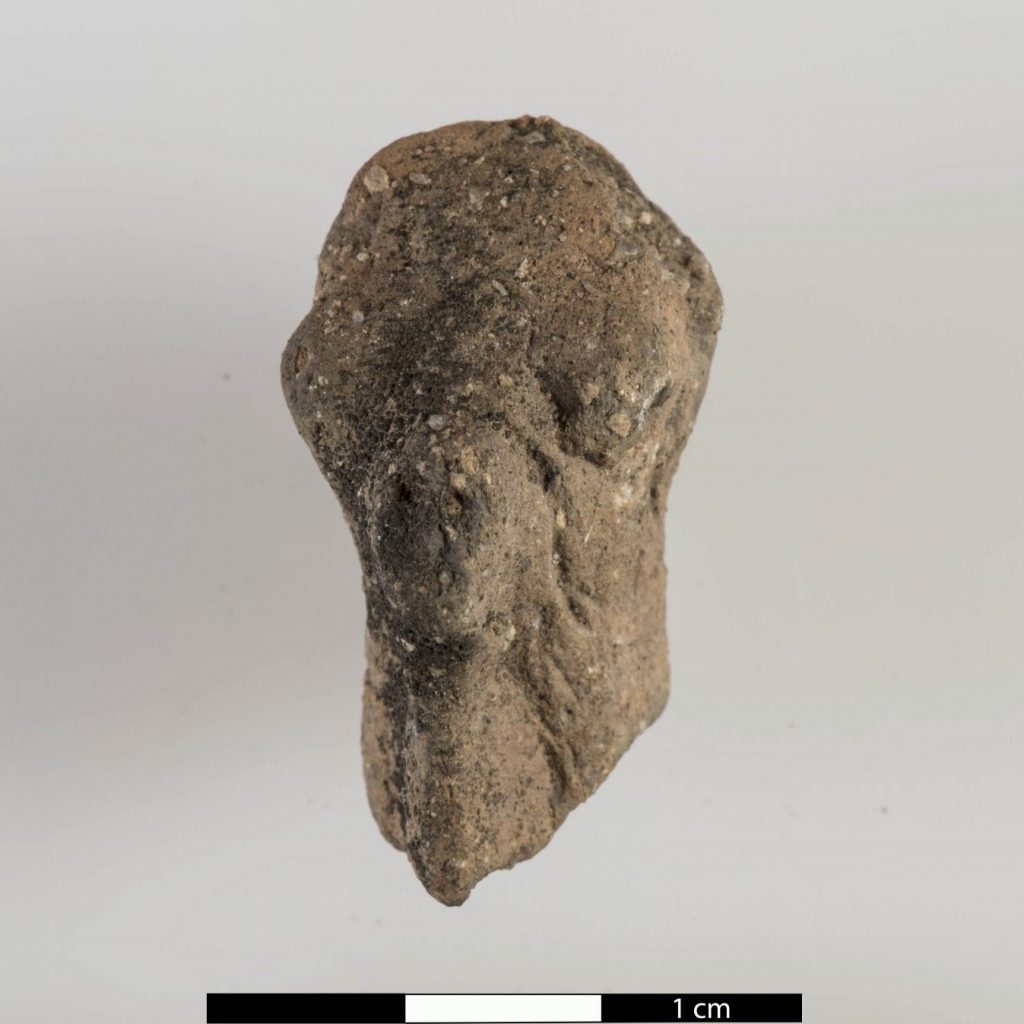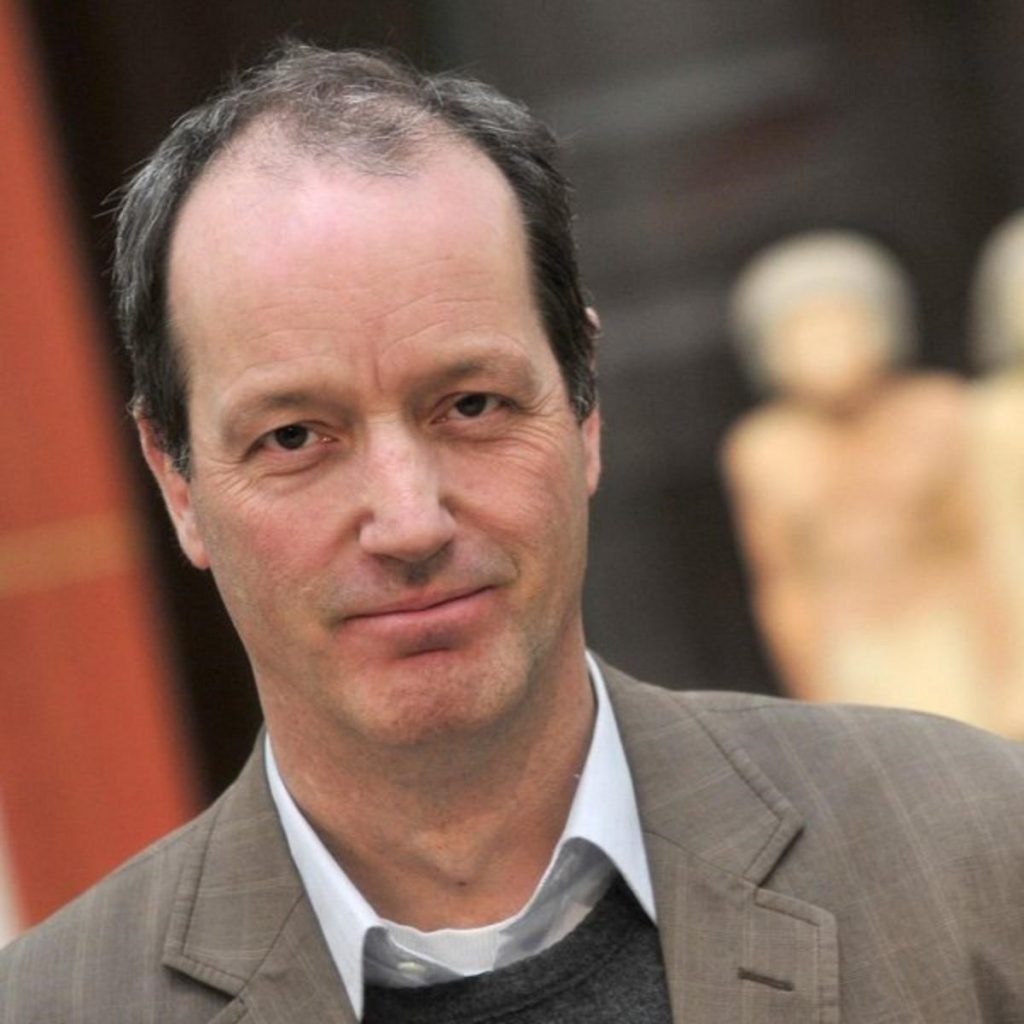Interregional Contacts between the Northern Horn of Africa and the Nile Region


The aim of the project is to investigate various forms of mobility and routes of interaction between the highland cultures of the northern Horn of Africa and the cultures of the middle Nile River, the north-eastern Sudanese Gash Delta, as well as parts of Egypt. The objective is to clarify to what extent the intra-African exchange of populations, ideas and objects contributed to the development of Ethiopian highland cultures, and at the same time to ascertain the influence that the highlands had on the Sudanese-Egyptian Nile valley and the Gash Delta. The chronological framework extends from the 2nd to the early 1st millennium BC. For this timespan transregional, intra-African contacts between the regions are attested in different categories of archaeological material as well as in Sudanese-Egyptian written sources. In addition, this period concurs with the beginning of the formation of complex societies in the northern Horn of Africa. One focal point of the project is the reconstruction of settlement patterns and communication routes in the Ethiopian highlands as well as in adjoining areas, extending as far as the Red Sea (Eritrea). The question as to why settlements were founded at a particular location cannot be answered by means of archaeological methods alone, but will be researched integrating physical geography and landscape archaeology. Therefore, an evaluation of the different lines of inquiry will proceed from comparative archaeological, historical and geographical perspectives. Another focus will be on investigating the relation between the location of ancient sites and interaction routes, based on Least-Cost path analyses, the occurrence of natural resources, the knowledge on palaeo-environmental conditions, and historical travelogues.
Transregional and long-distance associations will be revealed through classical methods of studying archaeological material (predominantly ceramics and artefacts made of obsidian), as well as scientific metallurgical analyses and examination of palaeozoological material. The aim is to determine and trace migration movements and flow of commodities – still extant in modern times – from a diachronic perspective, and to examine the interrelationship between strongly contrasting regions as a phenomenon of intra-African cultural development.
Members

Dr. Iris Gerlach
DAI Oriental department | Sanaa Branch
iris.gerlach@dainst.de

PD Dr. Dietrich Raue
Georg Steindorff University Leipzig | Egyptian Museum
dietrich.raue@uni-leipzig.de

Prof. Dr. Brigitta Schütt
Freie Universität Berlin | Institute for Geographical Sciences

Dr. Kristina Pfeiffer
DAI Oriental department | Sanaa Branch
kristina.pfeiffer@dainst.de

Dr. rer. nat. Jacob Hardt
Freie Universität Berlin | Physical geography
jacob.hardt@fu-berlin.de

Christopher Breninek B.A.
Georg Steindorff University Leipzig | Egyptian Museum

Anna Grünberg
Georg Steindorff University Leipzig | Egyptian Museum
anna.gruenberg@uni-leipzig.de
Figure Captions
Fig. 1 Overview of the plateau with the test sounding at site S40, in the background the southern Rama Valley [University of Leipzig, photo by Cristopher Breninek].
Fig. 2 Fragment of the head of an animal figurine, found at site S42, find number: RS19-15 [DAI Oriental department, photo by I. Wagner].